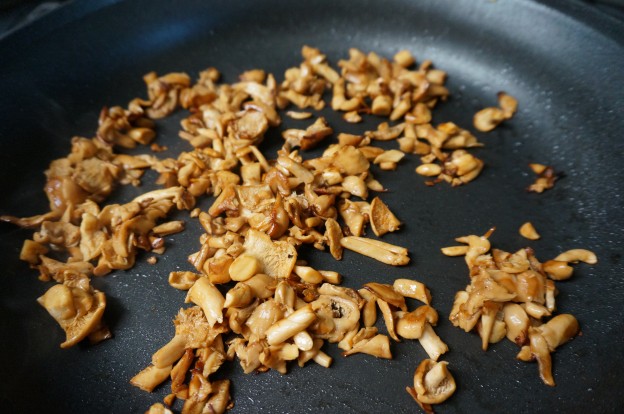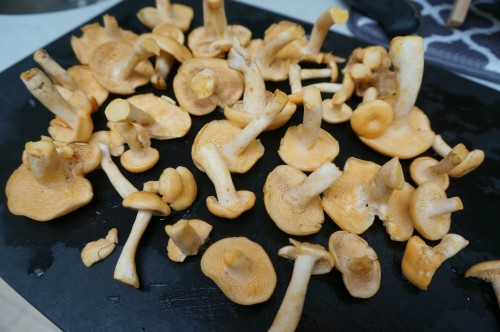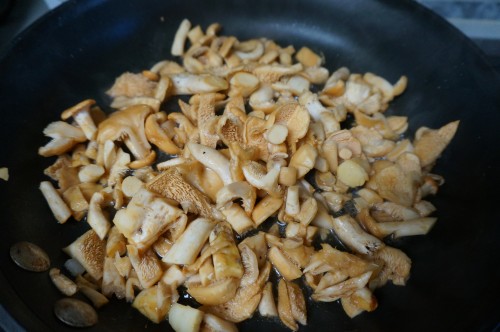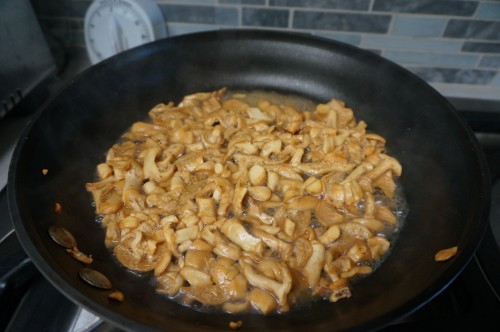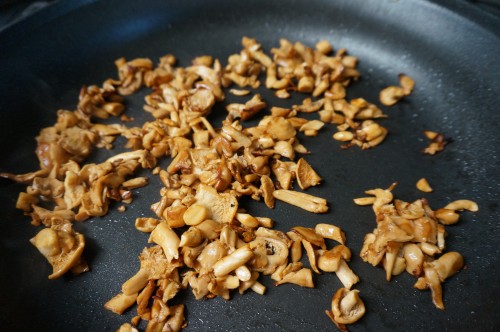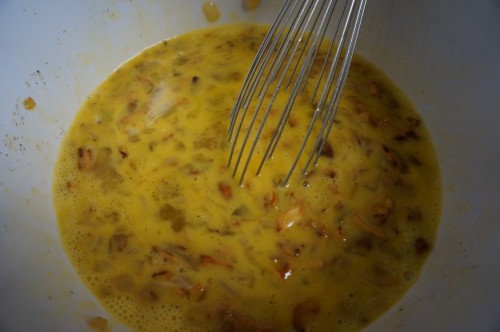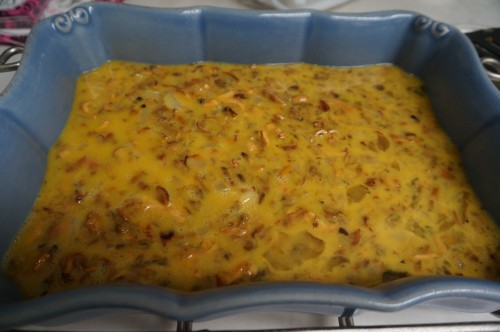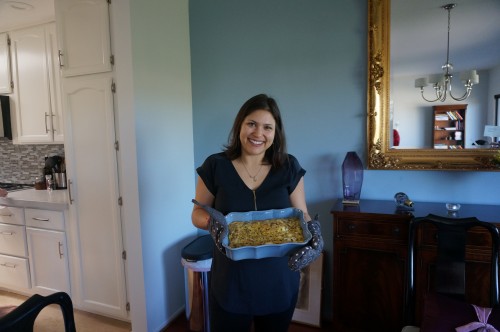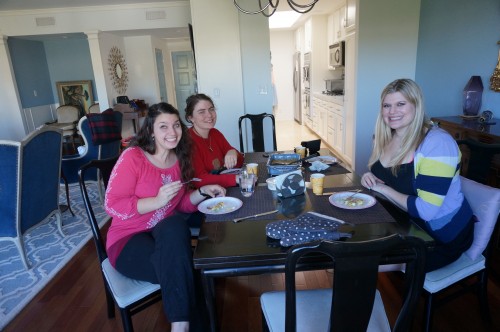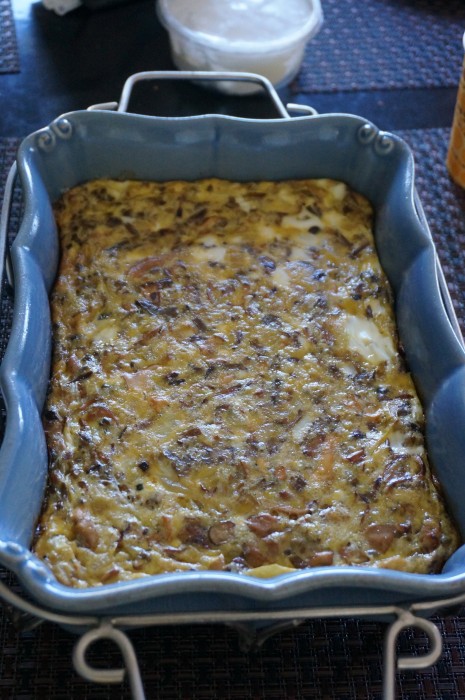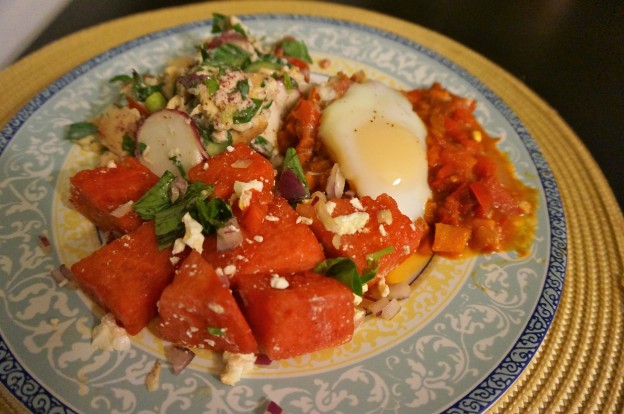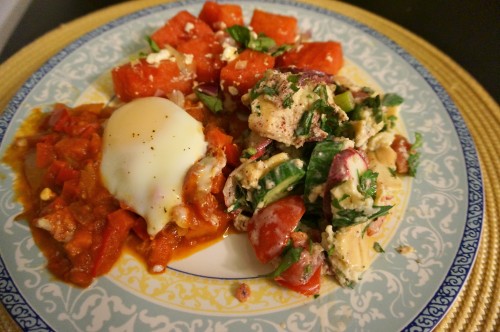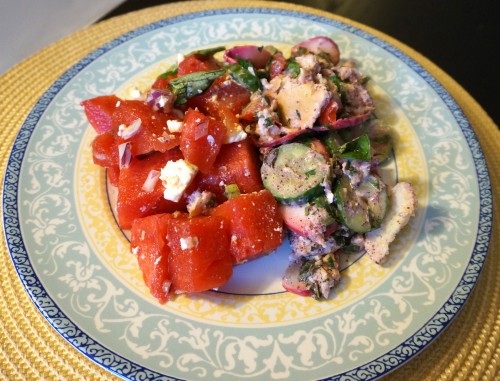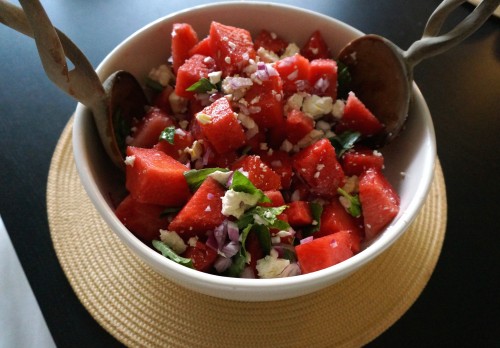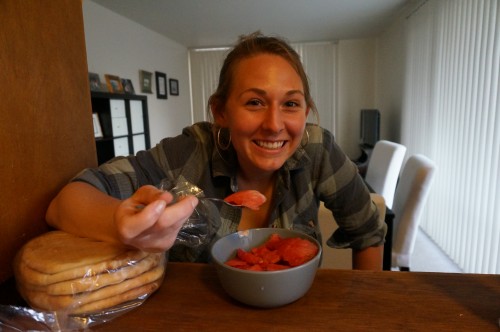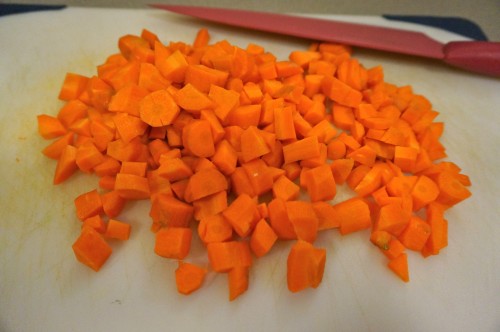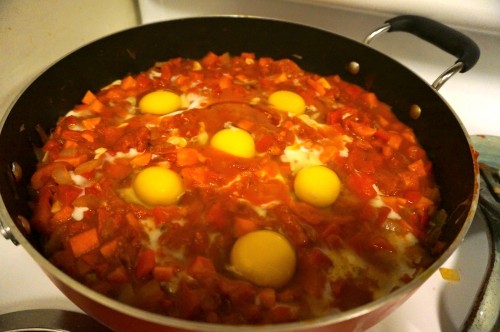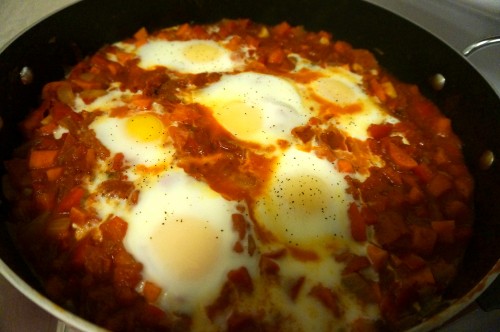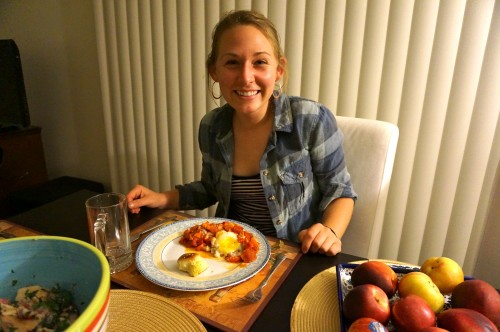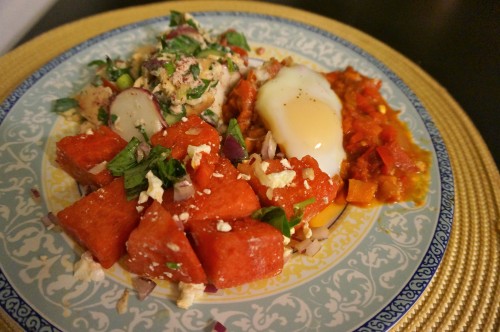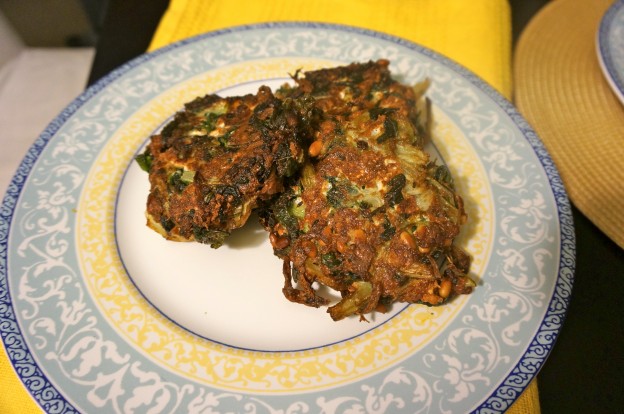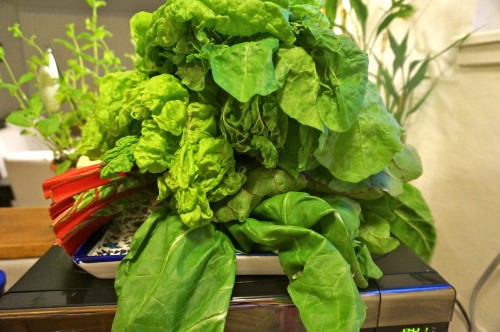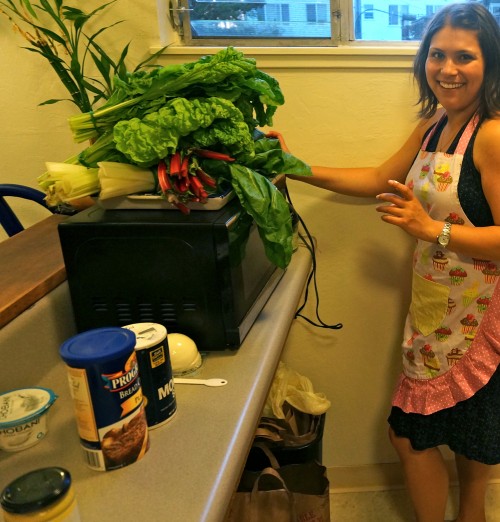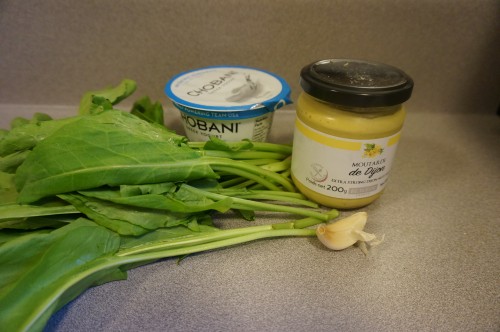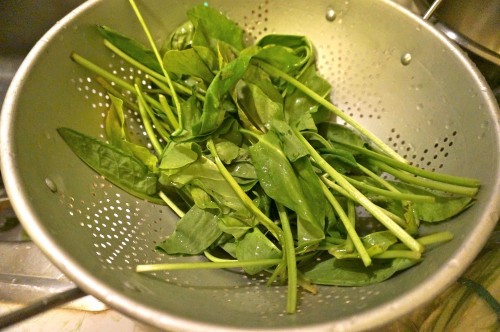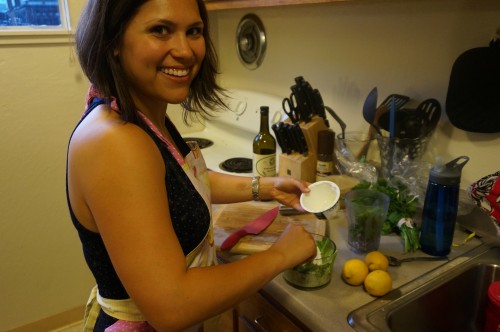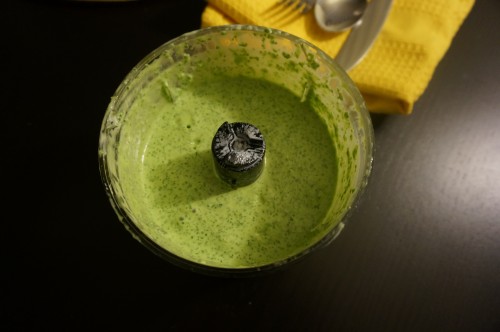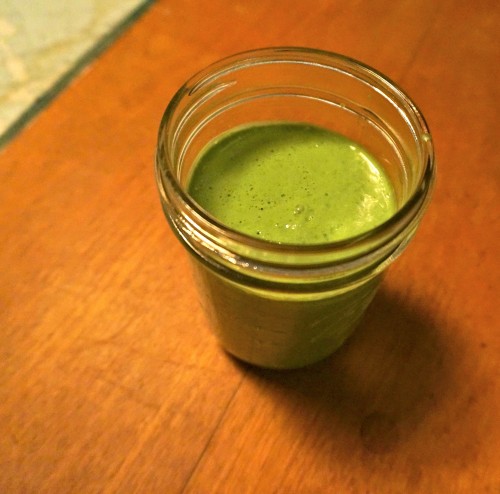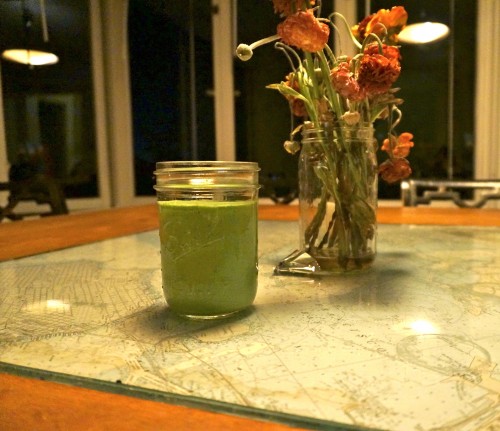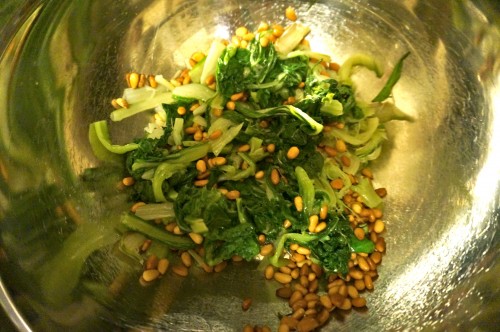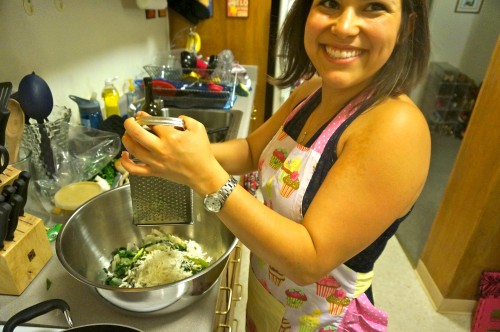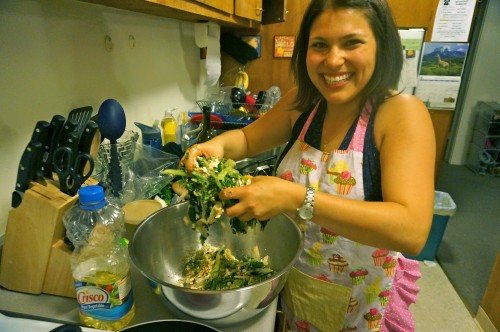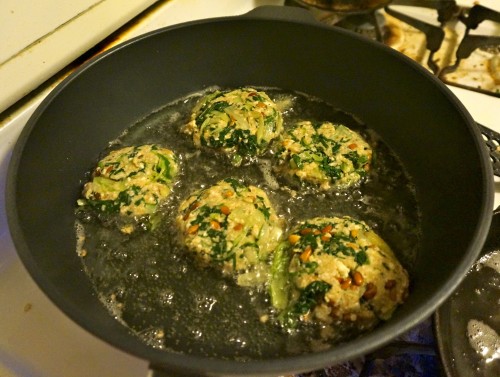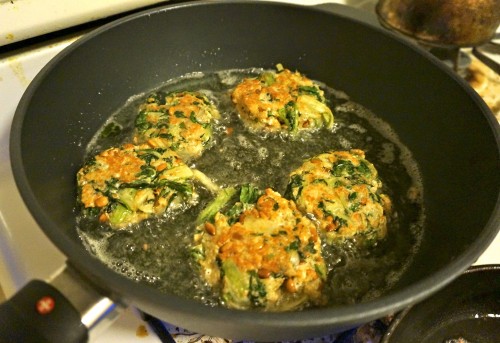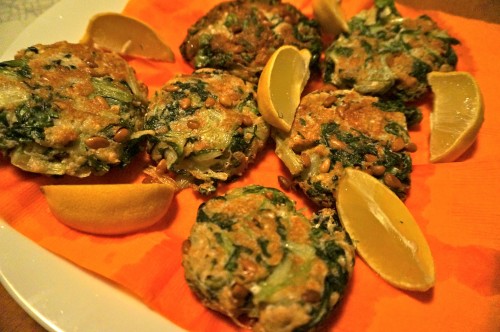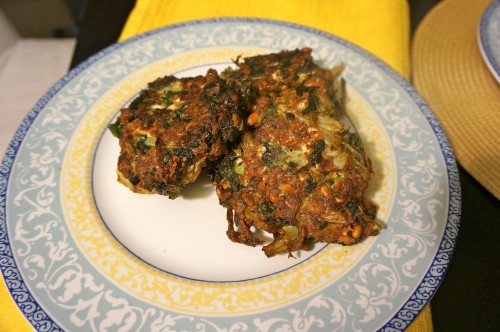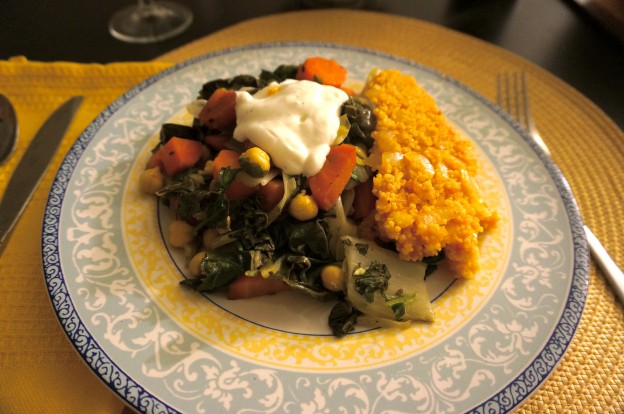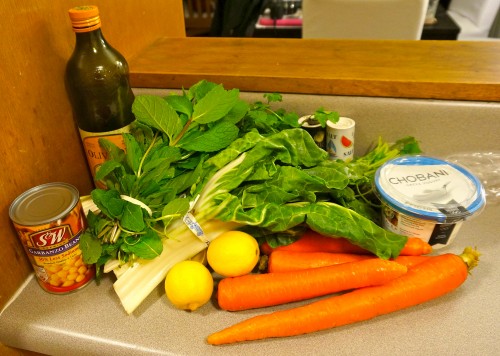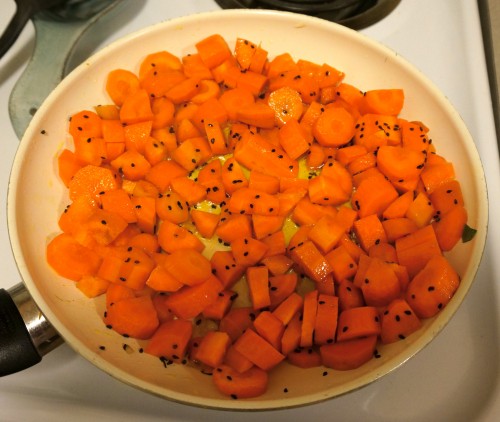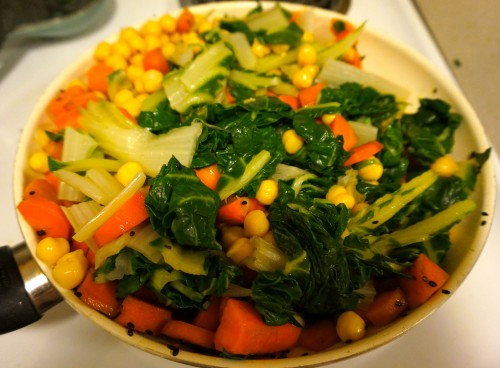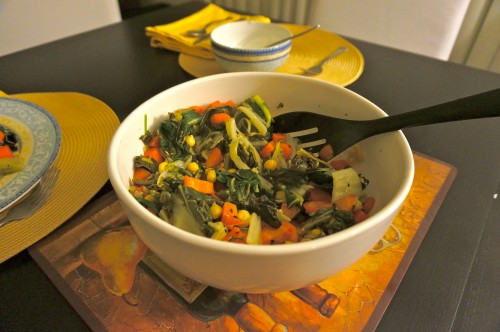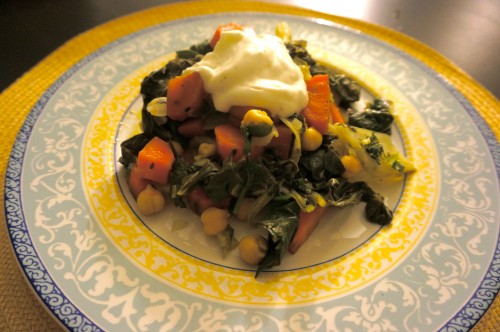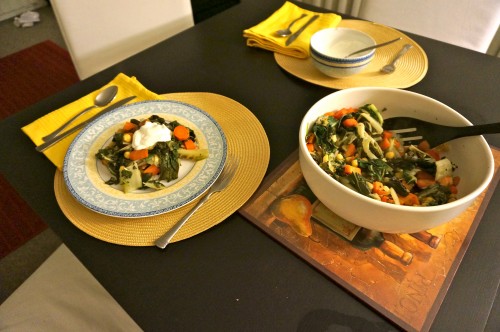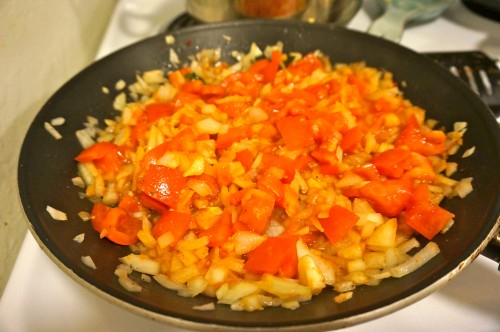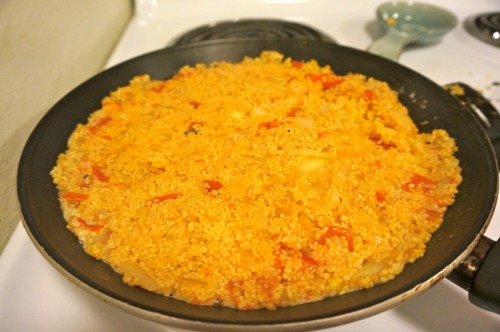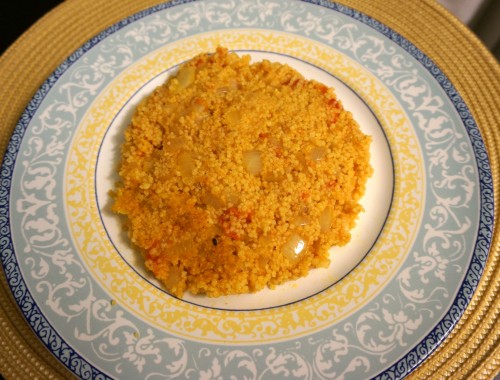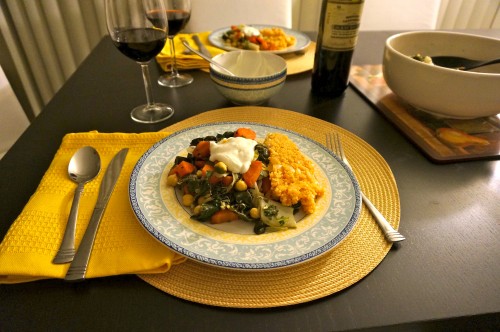Thanks to all of this wonderful rain, the hunting is finally good for mushrooms! I was super lucky at the annual Mendocino mushroom foray and this time I found the mother lode of hedgehog mushrooms :) Hedgehogs are related to chanterelles and many of my mushroom hunting friends like them even more than their beloved cousins. The scientific name is Hydnum umbilicatum, but they are called hedgehogs because they have spiny teeth instead of gills !
I’ve never found so many choice edibles in one spot before. I was very excited to bring some home to Los Angeles over Thanksgiving break! On that Friday morning, I went to my friend Lauren’s house to share my mushrooms with friends and enjoy a post-Thanksgiving day breakfast. With all of these gorgeous mushrooms, I decided to make a frittata. A frittata is a simple, baked egg dish where you can basically add any ingredients you want (any vegetable you have lying around, meat, cheese, herbs, you name it!), and then you throw it in the oven. Since I’ve been so mushroom deprived until now, I decided to keep it simple and keep mushrooms front and center in this dish. I caramelized a white and red onion to add some flavor, but that was the only other ingredient besides mushrooms and eggs (and salt and pepper of course!).
I kept the stems on the mushrooms but cut off the dirt off from the tip. I then rinsed them under water in a colander. Some people will tell you never to wash mushrooms because they soak up all the water and get soggy, but it’s really hard to get off all that dirt if you don’t rinse them in a colander, and if you cook them in the pan long enough all the water will boil off. I heated up a pan on medium heat, added oil, then added the cleaned and roughly chopped hedgehogs.
Mushrooms are something like 80-90% water, so they will cook down a lot. Good thing I had so many :) It will take a while for all of the water to boil off, but be patient and let them cook for a long time until they start to brown.
Kinda crazy how much they cook down, huh? Notice the nice brown color that they are starting to get – keep sautéing them and mixing them with a spatula for a few more minutes. We also chopped up the last of my yellowfoot chanterelles and added those to the mix.
I cracked about 10 eggs and added them to a big mixing bowl with the onions and the mushrooms. I mixed well with the whisk, added some salt and pepper, and put the mixture into Lauren’s lovely baking dish.
Baking a frittata is not an exact science. It really depends on the oven and the size of the frittata. I suggest setting the oven to around 400 degrees and checking it every 5-10 minutes. I had preheated Lauren’s oven to 400 degrees prior to cooking, but the frittata took a lot longer to cook than expected. After 10 minutes it was still completely liquid! What can I say, I’m still learning :P I ended up cooking the frittata for about 30 minutes – it was a really big and the baking dish was heavy and thick. There is no rule of thumb as to how long it will take – but expect 10-30 minutes depending on your dish, oven, and the size of the frittata. Luckily, when it finally came out it was beautiful :)
Here are my friends enjoying the frittata in Lauren’s lovely apartment:
What is better than mushrooms and friends? Not much! Here is a closer look at the gorgeous hedgehog and chanterelle frittata:

